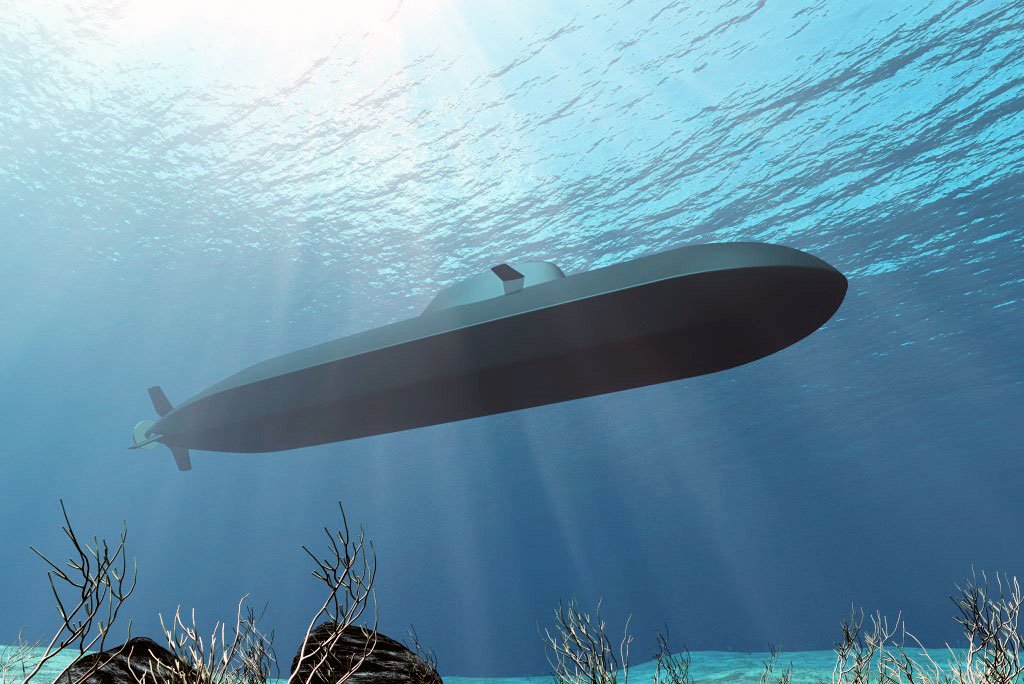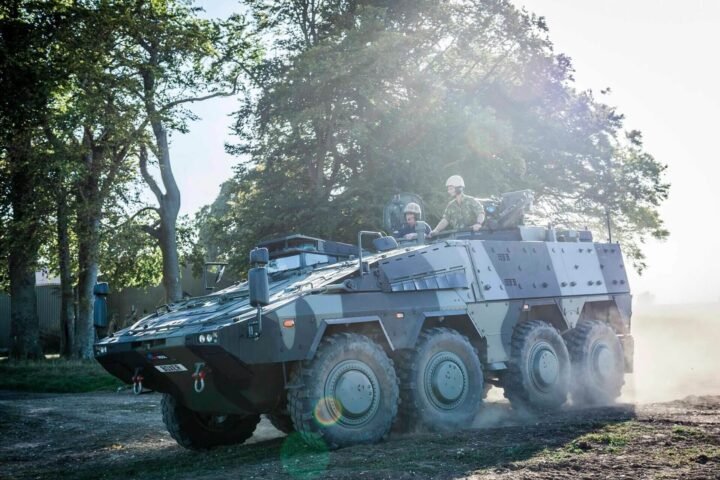The German-Norwegian U212CD (Common Design) submarine program exemplifies the power of multinational cooperation in advancing cutting-edge naval capabilities. Rooted in a shared commitment to European defense sovereignty, this initiative merges decades of submarine expertise to deliver a vessel poised to set new standards in stealth, versatility, and technological integration.
Project Overview
The U212CD builds on the proven Alpha-class design, introduced in the early 2000s and renowned for its Air-Independent Propulsion (AIP) system. The updated design incorporates a “future-proof” framework, emphasizing modularity to accommodate emerging technologies such as artificial intelligence (AI)-enhanced sensor systems and advanced combat management software. With a length of 73 meters and a displacement of 2,800 tons, the submarine will operate with a crew of approximately 30 and feature reduced acoustic and electromagnetic signatures, thanks to its diamond-shaped hull and innovative interior design.
Key milestones include:
- 2021: Contract signing for the first batch.
- 2024: Critical Design Review (CDR) completion.
- 2029: Anticipated operational deployment with the Royal Norwegian Navy.
Strategic Collaboration and Challenges
The program is a testament to European industrial synergy, with over 95% of components sourced from European suppliers. U.S. contributions are limited to NATO-standard communication links and cryptographic systems. Germany and Norway have established a joint program office to manage configuration control, maintenance protocols, and lifetime cost optimization. A shared maintenance facility in Bergen, Norway, will support nine submarines, with additional capacity planned through partnerships with nations like Poland, Canada, and Greece.
Challenges include aligning doctrinal differences—such as varying naval roles (e.g., diving officer responsibilities)—and ensuring long-term configuration consistency. Over 200 technical agreements, covering areas from certification processes to weapon integration, underpin the collaboration.

Advanced Capabilities
The U212CD is designed for multi-role operations, including anti-submarine warfare (ASW), intelligence gathering, and land-attack missions. Its effector suite features:
- 3SM Supersonic Strike Missile: A hypersonic weapon with extended range for anti-ship and land targets.
- SeaSpider: A hard-kill torpedo defense system.
- EIDOS Missile: Enabling submerged submarines to counter airborne threats like ASW helicopters.
- Black Shark (WASS): the Italian torpedo will be integrated in the Combat System and Launching Interfaces.
Future upgrades may include advanced lithium-ion batteries, currently under testing, to extend underwater endurance.
Expansion and Innovation
The program is not static. A second production line in Wismar, Germany, aims to accelerate delivery, while discussions with NATO allies hint at broader fleet expansion. The collaboration also fuels innovation in European supply chains, particularly in aerospace and missile technology, with Norway’s Kongsberg Defence & Aerospace contributing expertise in naval strike systems.
Lessons in Partnership
The success of the U212CD hinges on cultural and procedural alignment. English serves as the operational lingua franca, bridging linguistic gaps, while joint training exercises and shared R&D initiatives foster trust. As stated by program leaders, “This is not PowerPoint warfare—it’s daily, grindstone work.”
Integrated Maintenance Approach
The U212CD program employs a shared maintenance facility in Bergen, Norway, capable of servicing nine submarines, with standardized repair and certification processes to minimize downtime. Configuration management is jointly overseen by German and Norwegian agencies, ensuring uniformity in procedures like diving certifications and hardware inspections. Lifetime costs are optimized through predictive analytics, shared spare parts inventories, and a new maintenance yard in Søviknes, Norway, enhancing local industrial capacity.
Governance and Collaboration
A Joint Program Office (JPO) co-manages design, production, and testing, transitioning post-delivery into a Lifetime Management Program Office to oversee upgrades and configuration control. Over 200 bilateral technical agreements govern areas like weapon integration and cybersecurity, with 40–50 new pacts signed annually. The foundational Common Requirements Act (2016) harmonized operational needs, enabling streamlined production and the 2024 Critical Design Review.
Innovation and Upgrades
Future-proofing efforts include retrofitting early submarines with advanced lithium-ion batteries (doubling underwater endurance) and developing a shared digital platform for real-time hull and system monitoring. Next-gen weapons like the 3SM supersonic missile and EIDOS air-defense system are integrated through collaborative R&D, ensuring compatibility with existing infrastructure.
Challenges and Mitigation
Key challenges include preventing design divergence, addressed through strict change-management protocols and joint audits. Differences in naval doctrines (e.g., diving officer roles) are resolved via joint training and simulators. Industrial coordination balances national sovereignty with shared production, such as German-built pressure hulls and Norwegian combat systems.






